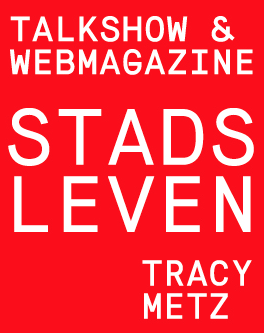
BLOG @ STADS LEVEN
Branding as the new gentrification – Column Boris Brorman Jensen
Decreasing budgets for public space force cities to search for other financial resources. Companies are eager to jump in and help. Is this a blessing or a worry? Boris Brorman Jensen, a researcher, consultant and architect from Copenhagen, writes about the worrying development that he signals: how companies buy their visual control of public space.
Wonderful Copenhagen: everyday life as commodity
Tourism has become an integrated part of the EU’s economy. Last year alone tourists spend nearly 13 billion euro in Denmark, creating 115.000 jobs. 40% of this turnover can be located to Copenhagen where more than 43 thousand people work in the tourist industry. The official agency Visit Denmark branding Denmark is working hard to promote ‘WONDERFUL COPENHAGEN’ with glossy images of the historic city centre and nostalgic movie-clips of smiling people biking to work in the morning or kids taking a swim in the City’s new harbour bath.
There are of cause a number of classical tourist traps like Tivoli or the Royal Palace on the WONDERFUL COPENHAGEN menu but everyday life seems in many ways to have taken over the role as the main attraction. The idea of an authentic Danish way of life is being promoted as a tourist commodity while Danish politicians, planners and architects proudly offer foreign countries and collaborating city authorities to Copenhagenize them with pre-designed packages.
Companies buy their visual control of public space
To cater desires of visiting consumers and providing Kodak moments for the experience and tourist market, companies have become an important component of city planning and the visual control of the public realm a critical component for the tourist industry. In Copenhagen like all other Danish cities signs and all sorts of commercial logos are therefore being regulated rigorously in order to brand control the city’s image. Today disturbing issues like drug problems and crime are being moved – not solved.
The latest trend within this visual censorship can be observed around the fleet of new street furniture designs like bus shelters and public bathrooms. These service facilities might seem like an integrated part of public space. But they are not. They are often sponsored by private companies who make fortunes on the exclusive rights to post commercials near and around them. A few big companies have simply bought the visual control of large portions of public space. An army of service personnel drive around the city removing all kinds of public expressions disturbing their commercials messages. Gone are all unauthorised posters for concerts, circus shows, missing dogs and cats as well as a large range of other visual evidences of urban life. Gentrification has got a new fellow: branding.